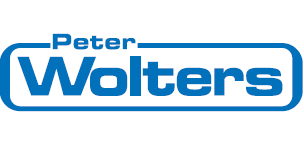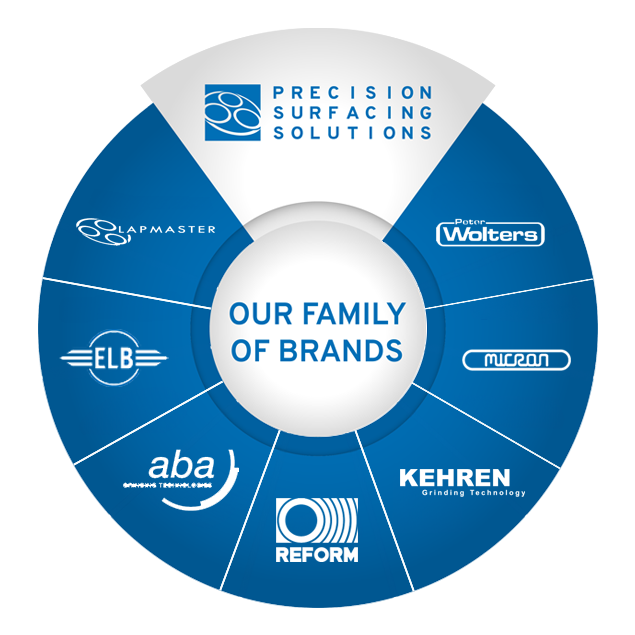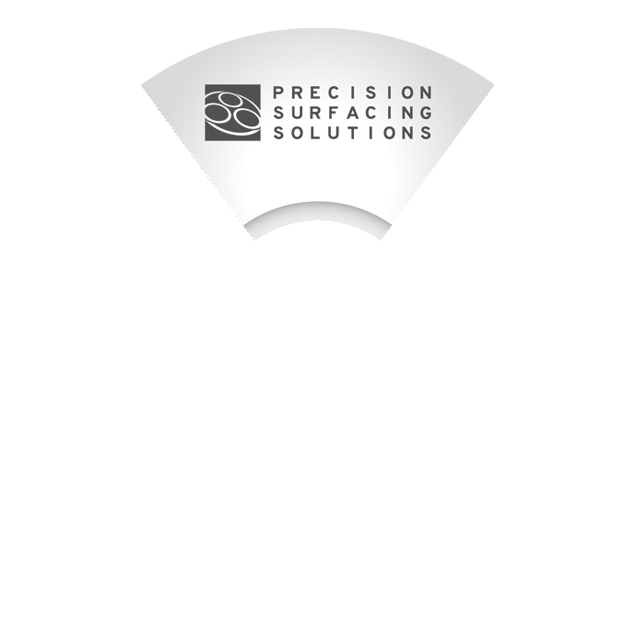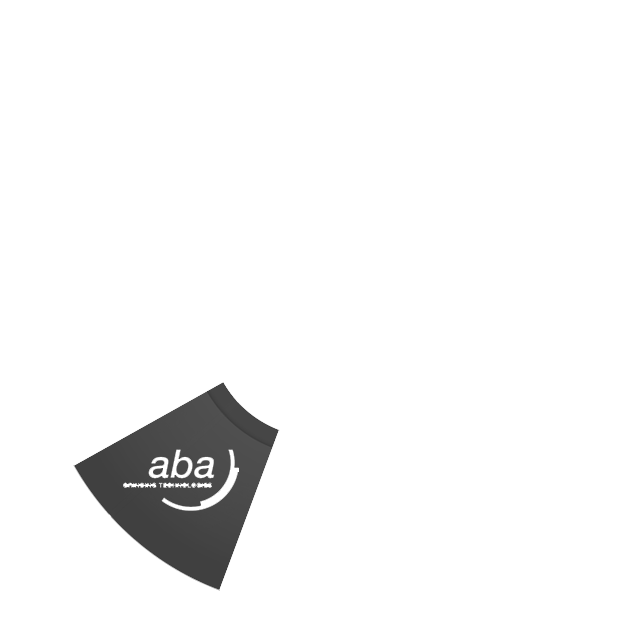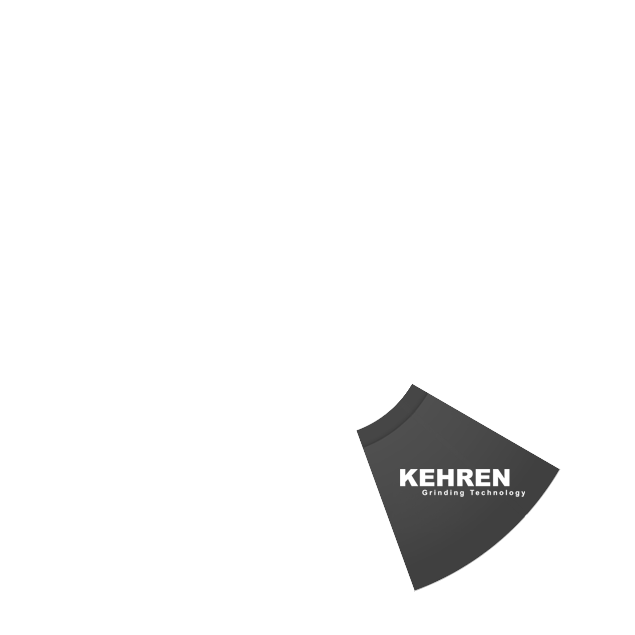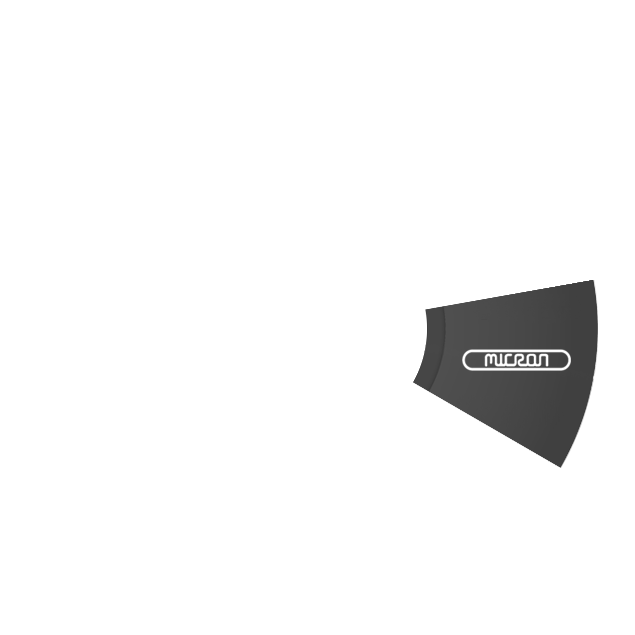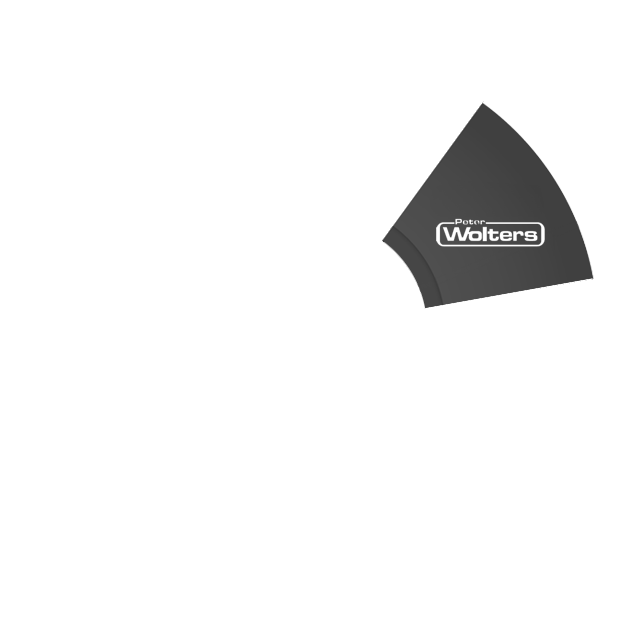Lapping/Polishing Pads & Accessories
Felt and Neoprene Sponge Rubber Pad
A felt or sponge pad is used to absorb thickness variations in a load of components within a conditioning ring when using a full size pressure plate. The pad maintains uniform pressure to all components instead of just the tallest components. The maximum variation in component height that the pads will control is approximately .008” to .010”. The pad also protects the top surface of the components from abrasion caused by contact with the pressure plate. Sponge pads are preferred because they don’t soak up slurry and loose compliance. Sponge pads can also be washed to keep them free of excess waste build-up.
All Lapmaster single side machines through the Model 48 are shipped with a set of felt or sponge rubber pads. The pads for the Model 12 and 15 are 3/8” thick with all others being 1/2” thick. PSA adhesive backed pads can also be provided. The adhesive will cause the pad to adhere to the pressure plate. This condition is sometimes preferred because of the savings in operator effort.
Ceramic Workholder Pads
A workholder pad serves as a spacer to raise a workholder off of the lap plate. It is very important to raise the workholder off the lap plate to allow the slurry to easily reach the components for efficient cutting and reduced process times. This also eliminates the surface tension created between the lap plate and workholder. Less surface tension means less friction and reduced thrust load. High thrust loads should be avoided because it can slow the rotation speed of the conditioning rings and cause difficulty in maintaining lap play flatness.
The pads should be glued with two-part epoxy to the bottom of the workholder near the outside diameter. Be sure to clean and “rough-up” the areas where the pads will be glue. The typical placement is three pads located at 120 degrees or four pads located at 90 degrees. It is important for each pad on a workholder to be approximately the same thickness. They must also be thin enough to not lift the workholder too high, which could cause the components to release from the openings. The pads can be made of several different items such as used tungsten carbide machining inserts, plastic plugs, button head machine screws with nuts (drill a hole, insert screw and finger tighten nut) or white alumina ceramic.
Lapmaster sells a package of 100 white alumina ceramic pads. The size of the pads, which are in the shape of a ring, are 1” outside diameter, 11/16” inside diameter by 1/8” thick. If there is not enough space on small workholders for the entire ring, the ring can be broken and segments can be glued in place.
Polishing Pads
A polishing pad is a thin disc of fabric or synthetic adhered to the flat surface of a polishing plate. It is used to produce the highest quality scratch free reflective surface finishes using diamond abrasive or chemical polishing agents. Polishing with a pad is considered a “soft polishing” technique because pad materials always have some amount of compliance. The thickness and hardness of the pad determines the compliance. Thicker, softer pads allow the components to sink down into the pad, which produces a radius at the contact edge circumference. The radius or “edge dubbing” prevents the component from being polished flat from edge to edge.
Polishing Pad Recommendations
Selecting the most appropriate polishing pad for an application requires experience and knowledge. This is why Lapmaster operates an applications laboratory to develop processes for machining customer's components. Prior to recommending a specific polishing pad it is suggested that Lapmaster be consulted with the application data so that our experience can be used to select the most appropriate pad.
Lapmaster offers a variety of the more common soft polishing pads in diameters up to 36 inches (914.4mm). Larger diameters generally cannot be supplied in one piece because the manufacturers do not produce the pad materials in a width any wider than 36 inches. Larger diameter pads are usually made in two or three pieces, but this poses difficulty when installing on a polishing plate.
Listed below are the standard polishing pads offered by Lapmaster and some of the more common applications for which they are utilized. By no means is this intended to be an all- inclusive, definitive recommendation chart.Lapmaster Polishing Pads are offered in a wide range of sizes and are made from different types of materials to accommodate almost any polishing application, including Metallographic, petrographic, fiber optics, and many more.
- Pellon - A low cost, rigid, relatively durable material used for general polishing of metals where surface quality is not extremely precise.
- Lapmaster Supreme - A long life polyurethane polishing pad. Excellent for final polishing with alumina or colloidal silica. Available with PSA backing only.
- Kemet ASF - A medium cost, woven, synthetic silk fabric laminated to a compressible backing material. This pad is used to produce extremely high quality scratch free mirror surface roughness on metal and ceramic components where edge rounding is not a concern.
- Kemet ASFL - A medium cost, woven, synthetic silk fabric laminated to a firm, thin backing material. This pad is used to produce extremely high quality scratch free mirror surface roughness on metal and ceramic components where edge rounding cannot be tolerated.
- Suba 500 - A medium cost, very firm polyurethane impregnated polyester felt material used for higher stock removal polishing applications requiring high precision surfaces. Common applications include plated memory discs, aluminum, tungsten, silicon, ceramic, plastic and glass.
- Polyurethane - A microcellular, rigid foam material impregnated with cerium oxide abrasive. This very hard pad is specifically used for polishing glass where precision flatness is required.
- Silk - Recommended for rough polishing with diamond. Excellent for friable materials such as coal and petrographic samples. Available with plain backing only.
- NTR - A soft napped final polishing cloth best used with 6-micron diamond and finer. Available with PSA backing only.
- Micro LP - 100% pure wool. Recommended for intermediate and final polishing stages with diamond or alumina. Available with PSA backing only
- ASR - Synthetic silk mounted on a rigid backing. Best results obtained with diamond. Available with PSA backing only
- Nylon - Napless nylon weave provides excellent finish on most materials. Excellent for flatness and edge retention. Available with plain and PSA backing.
- PAN-W - Napless, non-woven textile. Excellent for flatness and edge retention. Available with PSA backing only.
- Velpol - A short nap synthetic velvet. Recommended for final polishing with diamond, alumina or colloidal silica. Available with PSA backing only.
- Cotton - Recommended for rough polishing with diamond compound. Available with plain backing only.
- Final Polishing Cloth - A medium nap rayon cloth. Excellent for final polishing with diamond or alumina. Available with plain and PSA backing
- Selvyt - Medium nap cotton cloth. Excellent for intermediate or final polishing with diamond. Available with plain backing only.
- Billiard - 100% virgin wool fabric with uniform sheared pile for general rough polishing with Aluminum Oxide powders and suspensions for steels and other ferrous based materials. Available with PSA backing only
- Blue Final - Fine, short napped high density synthetic cloth. Excellent for final polishing with diamond and colloidal silica.
- Red Felt - 100% wool. Used on a wide variety of materials. Recommended for intermediate or final polishing with diamond.
- Imperial - Final polish cloth recommended for softer materials. Excellent with colloidal silica and aluminas.
- Heavy Nylon - Hard woven cloth pad used to replace some rough grinding steps when used with polycrystalline diamond.
- Fine Wool - 100% wool cloth. Finer weave for final polishing with diamond.
- Satin - Durable, synthetic silk style cloth used with diamond for intermediate and final polishing
- Brown Final - Durable, short nap synthetic used for final polishing with diamond or alumina.

